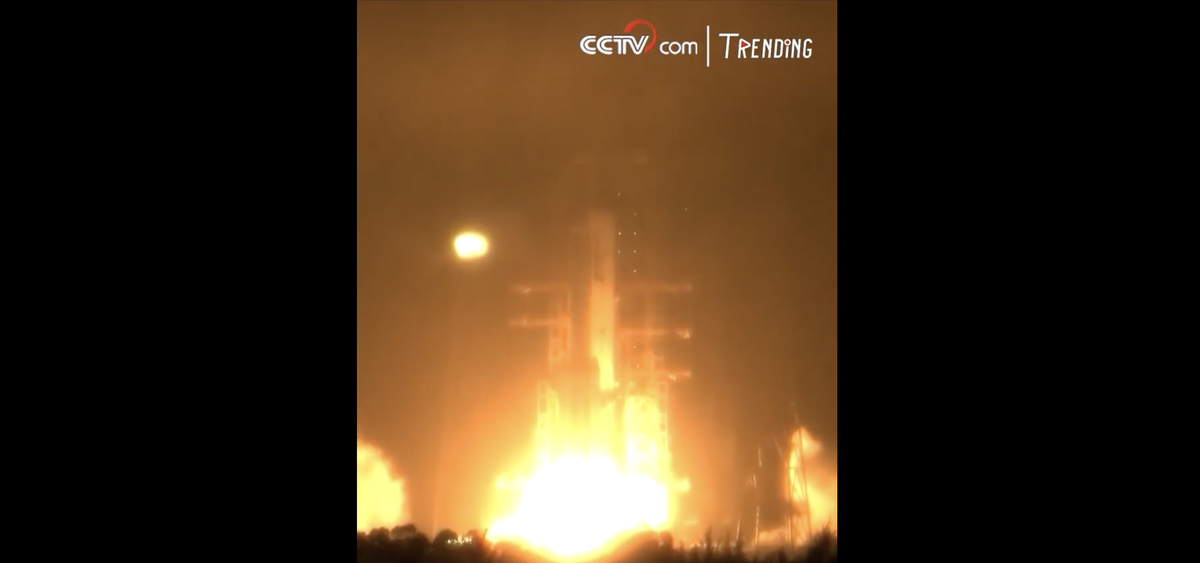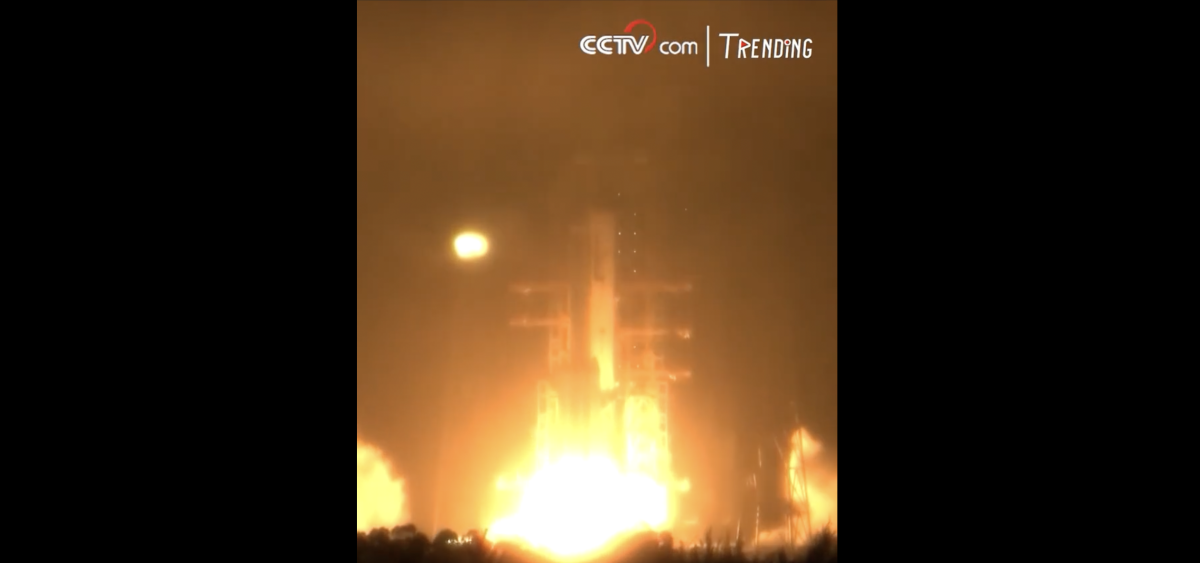
A classified Chinese technology verification satellite that launched earlier this month has apparently released an object into orbit alongside it.
China launched (opens in new tab) Shijian 23 on a Long March 7A rocket on Jan. 8, sending the satellite into an initial transfer orbit to reach its intended geostationary orbit (GEO), around 22,236 miles (35,786 kilometers) above Earth.
Data released by the U.S. Space Force‘s 18th Space Defense Squadron (18 SDS), which focuses on space domain awareness, shows that Shijian 23 reached geosynchronous orbit around Jan. 15, drifting toward its intended position in the GEO belt. Cataloging by the 18 SDS has further revealed that Shijian 23 released an object on Jan. 16.
Related: The latest news about China’s space program
The Shi Jian 23 experimental satellite reached geostationary drift orbit around Jan 15, and at about 2100 UTC Jan 16 it released a subsatellite, cataloged today as 55180 / 2023-002CJanuary 20, 2023
18 SDS lists the object as an “AKM” or apogee kick motor, which is used in some launches to help a satellite reach its destination orbit. However, it is possible that the object is a subsatellite, possibly to be used together with the parent satellite for on-orbit testing.
China’s Shijian 21 satellite, which launched in 2021, also reached GEO and released a satellite, which was then used for tests. Shijian 21 then proceeded to dock (opens in new tab) with the defunct Chinese navigation and positioning satellite Beidou-2 G2 and towed it away to an orbit out of the way of the active spacecraft in GEO.
Related stories:
The geostationary belt is very useful for a range of applications, as satellites orbiting there move in sync with Earth’s rotation, making them appear fixed in the sky over the planet. This orbit is thus very useful for providing constant communications, meteorological data and surveillance over chosen areas. Removing dead satellites and debris from this belt will help to keep the orbit available for use.
What China has planned for Shijian 23 has not been revealed, however. The satellite was described tersely as “mainly used for scientific experiments and technical verification” by Chinese state media. Ongoing tracking may provide clues to the activities of the satellites.
Further complicating matters is the fact that initial reports after launch from both China’s main space contractor and state media Xinhua listed two additional satellites (opens in new tab), Shiyan 22A and 22B, as payloads aboard the launch. An updated story (opens in new tab) from Xinhua a day later omitted reference to the latter pair.
Follow us on Twitter @Spacedotcom (opens in new tab) or on Facebook (opens in new tab).



